Choosing the right voltage for stage lighting is critical—not only for fixture compatibility but also for safety, energy efficiency, and long-term reliability. Whether you’re planning a permanent church installation, managing a touring setup, or upgrading your event venue, understanding voltage standards can help you avoid costly mistakes and ensure a professional lighting experience.
What Does Stage Lighting Voltage Mean?
Stage lighting voltage refers to the electrical power required to operate your lighting fixtures. Most stage lights run on alternating current (AC), and voltage ratings determine what kind of electrical input they can safely accept. Using the wrong voltage can damage your equipment or create fire and safety hazards.
Voltage Compatibility Checklist
✅ Confirm your local power standard (e.g., 110V or 220V).
✅ Check the fixture’s label for supported voltage range (ideally 100–240V).
✅ Never plug 110V-only lights into 220V outlets without a converter.
✅ Use surge protectors to safeguard sensitive equipment.
✅ For touring setups, prioritize universal voltage fixtures.
✅ Plan lighting circuits to avoid overloading single breakers.
Standard Voltage Ranges in Stage Lighting
Low Voltage Fixtures (12V–48V)
Used for LED strips, laser lights, and effect lighting with external power supplies. Typically safe and efficient, but limited in brightness and distance.
Standard Line Voltage (100V–240V)
The most common voltage for LED PARs, moving heads, strobes, and general-purpose stage lights. Most modern fixtures are rated for a wide range (e.g., 100–240V) to accommodate international use.
High Voltage / 3-Phase Systems (380V+)

Used for large-scale productions requiring high power distribution. Typically managed via power distribution racks and 3-phase input connections. Requires professional setup.
Voltage by Region: What You Should Know
| Region | Common Voltage | Frequency | Notes |
|---|---|---|---|
| USA / Canada | 110V – 120V | 60Hz | Requires fixtures rated for 110V |
| EU / Asia / LATAM | 220V – 240V | 50Hz | Standard for most stage lights |
| Global Touring | 100V – 240V | 50/60Hz | Multi-voltage compatibility recommended |
Always verify your target region’s grid voltage and frequency before deploying lighting equipment.
Real-World Scenario: Touring in Mixed Voltage Regions
A small event production team from the U.S. toured several venues in South America using LED moving head lights rated for 100–240V. Since local voltages varied between 127V and 220V, the team used multi-voltage-compatible fixtures and carried portable voltage testers. They also packed surge protection gear to deal with unstable grids—ensuring consistent performance throughout the tour.
Choosing the Right Voltage for Your Setup
-
Always verify your building or venue’s voltage before purchasing fixtures.
-
Look for stage lights rated for 100–240V if you’re touring or working internationally.
-
Don’t mix voltages across lighting circuits without proper isolation.
-
For large rigs, use three-phase power and consult an electrician to avoid overloads.
Installation & Safety Tips
-
Use certified power distribution units with overload and surge protection.
-
Avoid daisy-chaining too many fixtures on a single circuit.
-
Label your cables and circuits by voltage to prevent misuse.
-
Test voltage with a multimeter before plugging in new lights.
FAQ
Can I use 110V lights in a 220V country?
Only with a voltage converter or fixtures rated for 100–240V.
What happens if the voltage doesn’t match?
The fixture may not power on, or worse, it could short circuit or catch fire.
Are LED lights low-voltage?
Not always. Many LED fixtures use standard line voltage (110V or 220V), though internal LEDs may run on low-voltage drivers.
Is stage lighting AC or DC?
Most stage lighting systems use AC power. Some components like LED strips use DC via a driver.
Final Thoughts
Understanding the correct voltage for your stage lighting setup is essential for performance and safety. Whether you’re setting up a mobile rig or building a fixed installation, knowing your voltage requirements helps you choose the right gear, avoid failures, and deliver a reliable lighting experience.
Need help planning your power configuration? Contact our technical team today.


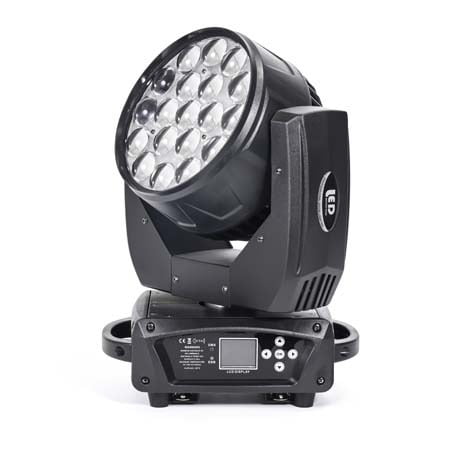





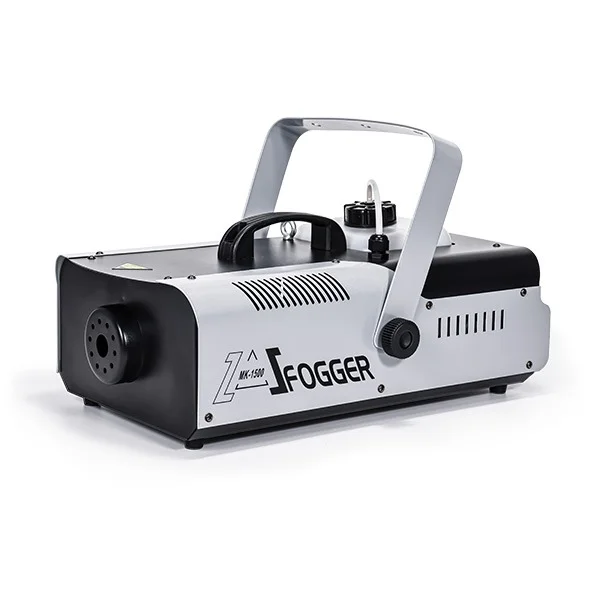
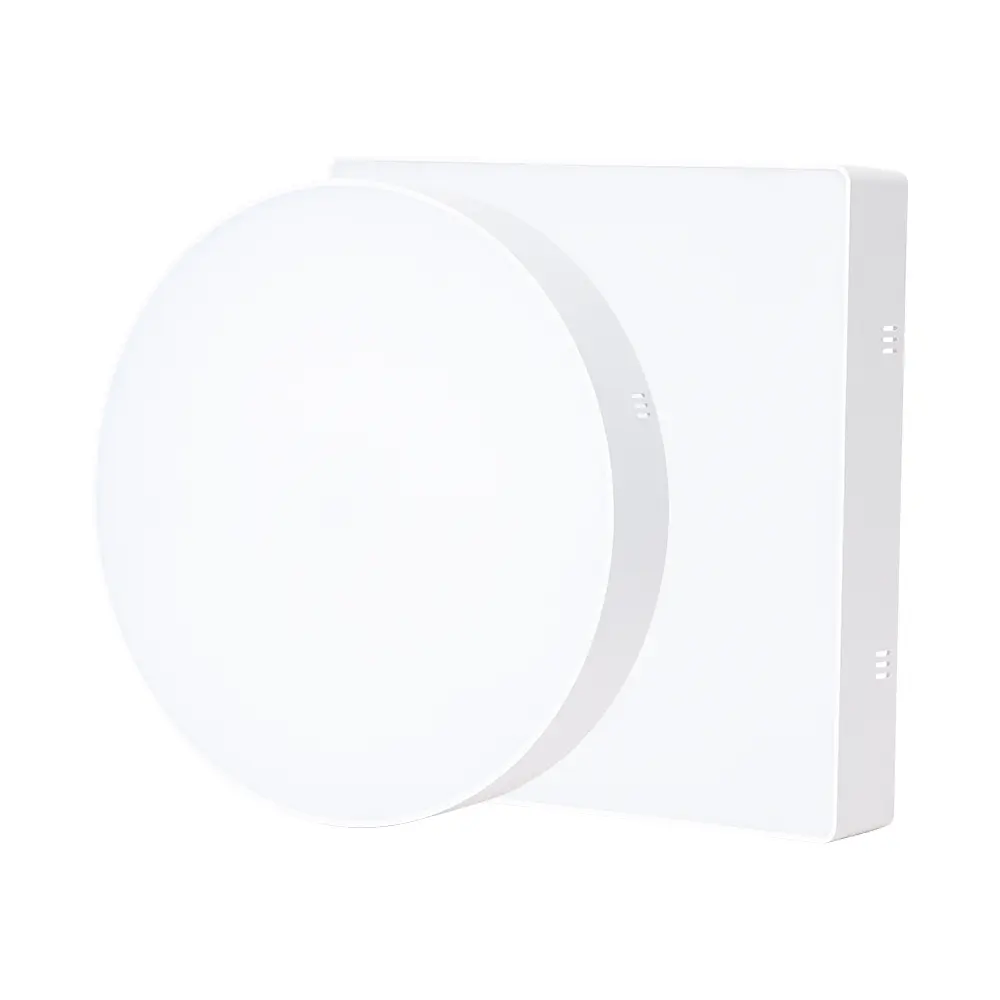

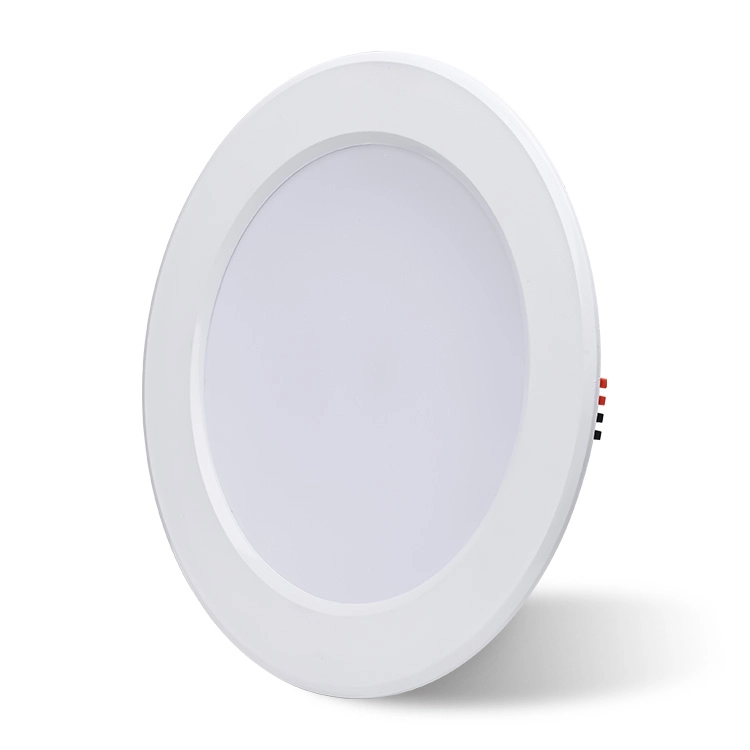
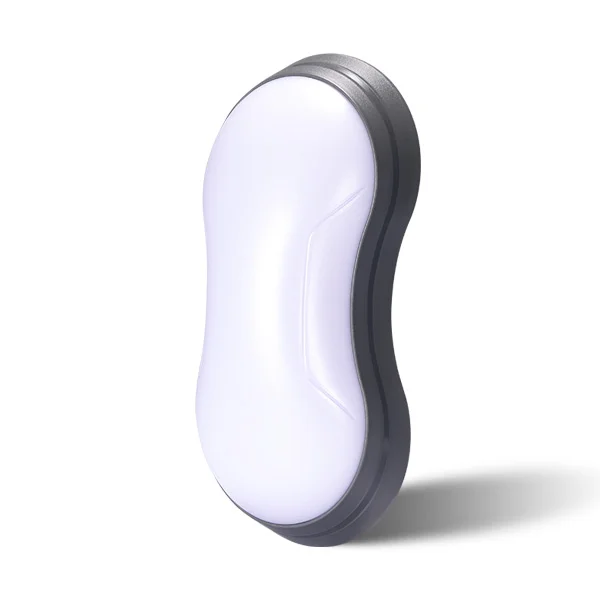

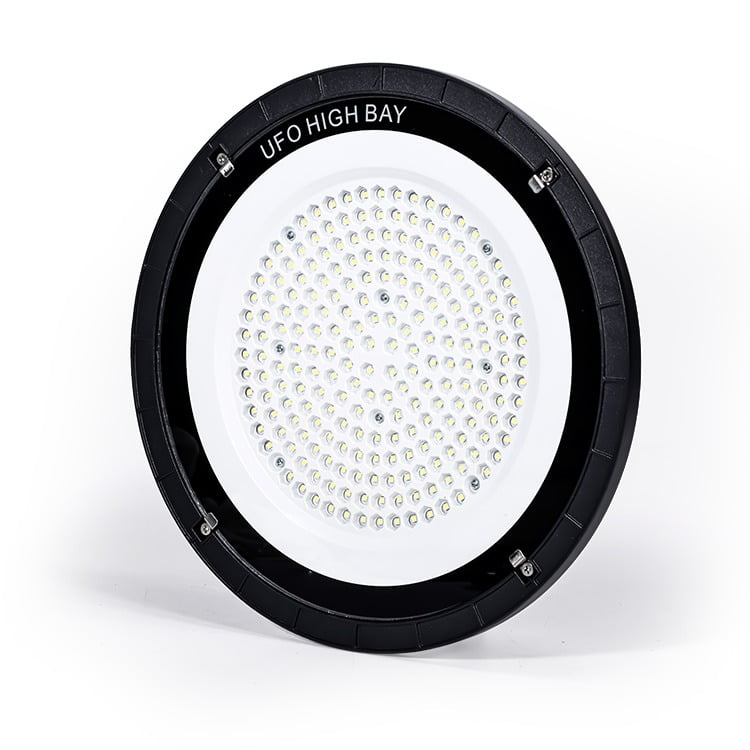
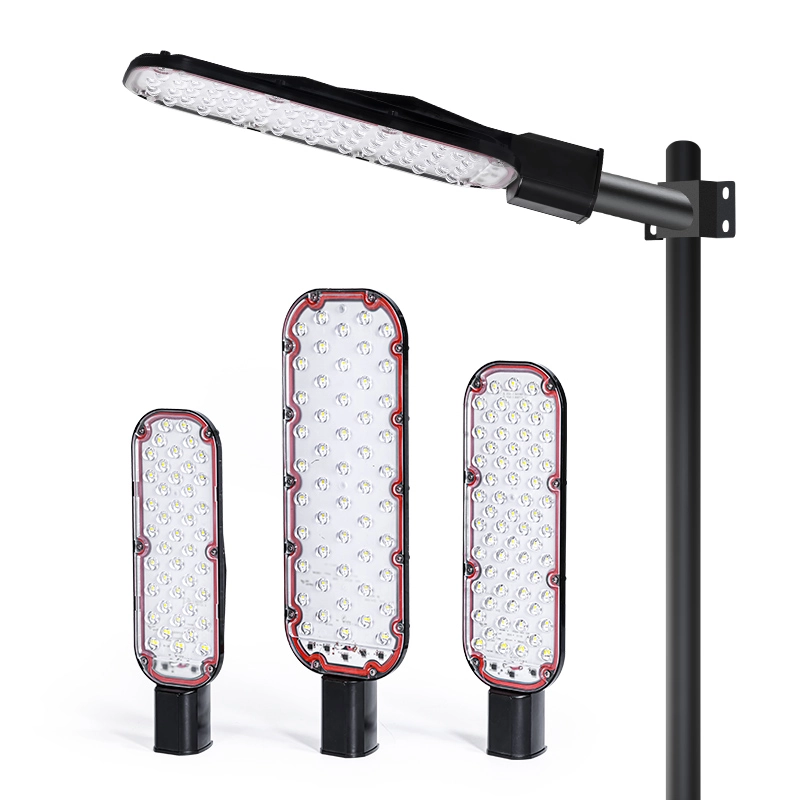

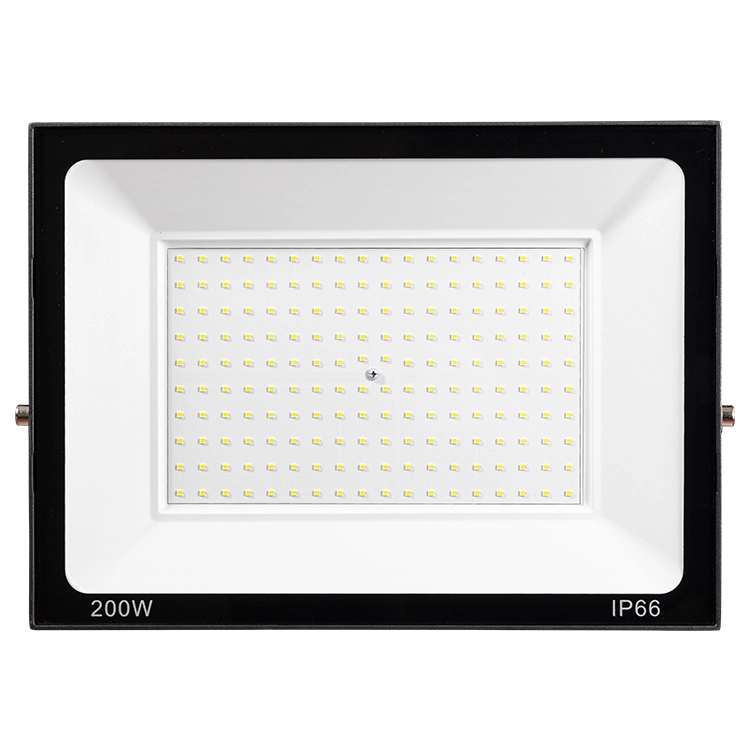
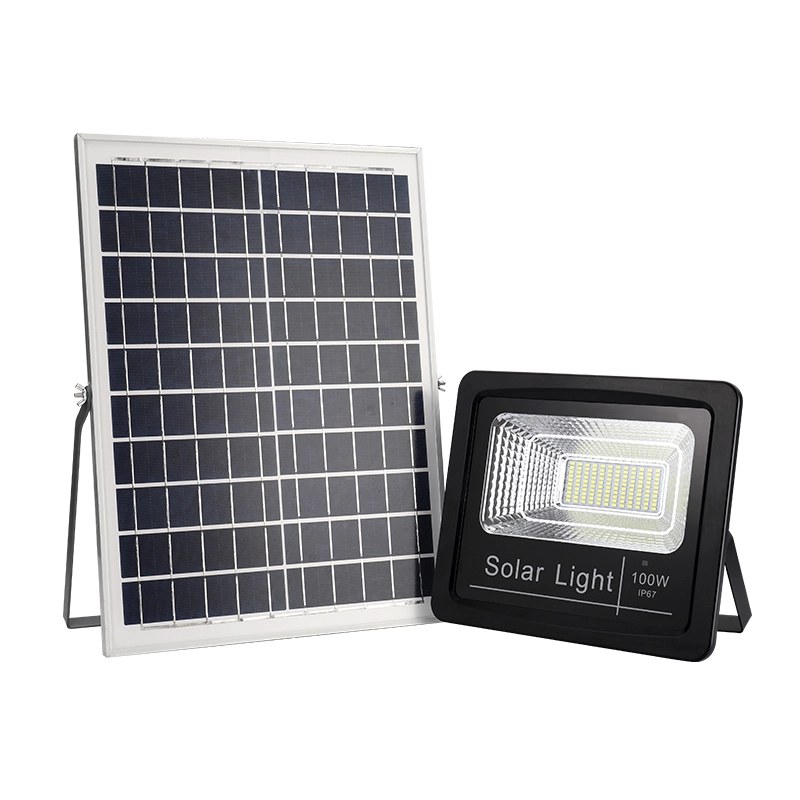





![Feature image 1 - Top 10 Stage Lighting Manufacturers[2025 Updated] - Vorlane - Vorlane Feature image 1 - Top 10 Stage Lighting Manufacturers[2025 Updated] - Vorlane - Vorlane](https://vorlane.com/wp-content/uploads/2022/12/Feature-image-1.png)



